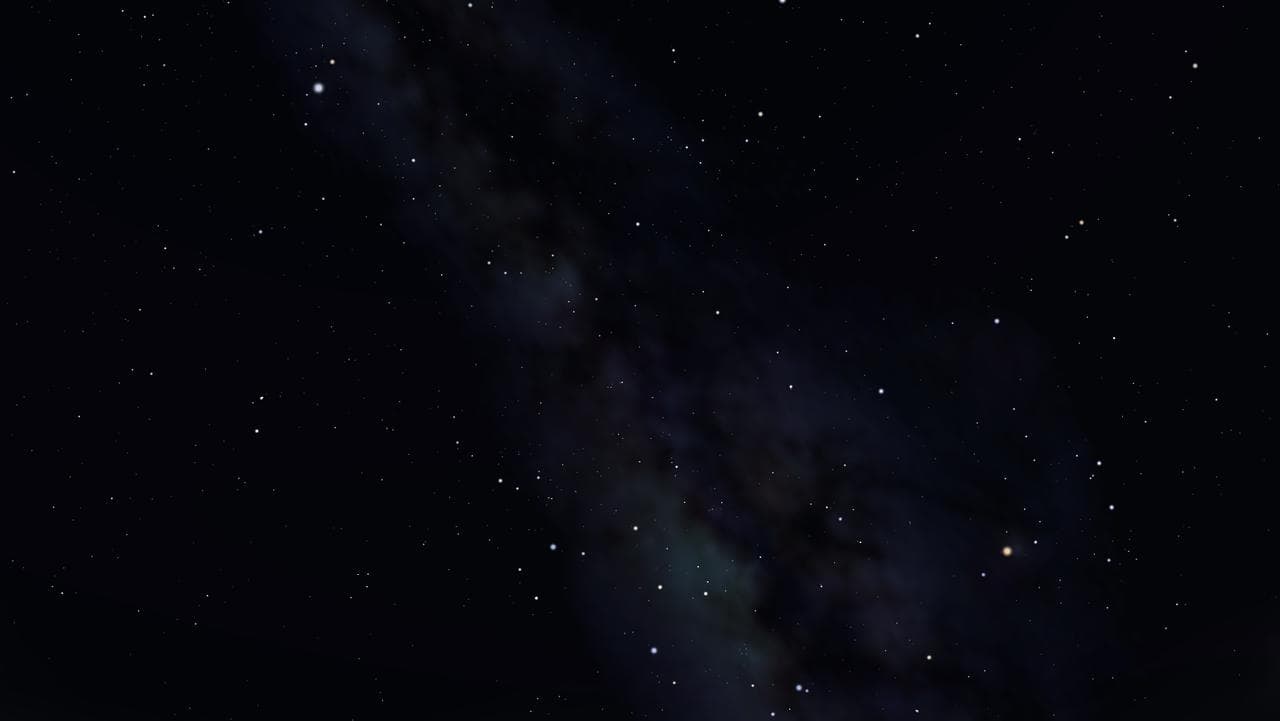
with David Fuller

Space is big. Really big.
Today, I saw this question on the astronomy sub-reddit:
If the Earth is moving at 30 km/s around the Sun, and the Sun is orbiting the center of our galaxy at about 200-250 km/s, and our galaxy is moving relatively to the Local Group where it orbits, and the local group moves around the Virgo Cluster - How do the stars stay so consistent in the sky?
I don't particularly think I'm all that smart when it comes to astronomy. I mean, I know how to find things in the sky. I understand what they are, in a very general sense. I know a lot about telescopes, and a fair amount about how they work. And I understand cosmic scale, which is towards the edge of my understanding.
So when I see someone struggling with a question, I will do my best to respond to it in a way that I'd like to see it answered - that is, give me something I can relate to in the response. It's the only way I'll grasp the concept fully.
So here was my answer to the question (lightly edited for clarity):
The mountain thing mentioned by others here (in a moving car, a mountain doesn't appear to move as quickly as foreground objects) is good, but eventually they too appear to move. Let's try a different one.
The planet Neptune orbits the Sun (and by extension, Earth) every 165 years. So on average it only moves 2.2 degrees in the sky compared to the prior year (360 degrees / 165 years = 2.2 degrees motion/year). That's no very far; about the distance of your pinky and ring finger across, held up at arm's length. Neptune will only traverse half of the night sky (180 degrees) during most people's lifetimes.
The next nearest star, Alpha Centauri, is 4.3 light years away. That's almost 25 TRILLION miles, which is almost 10,000 times (okay, more like 9,237x but still) farther away than Neptune. Now consider that, like Neptune revolving around the Sun, the stars take hundreds of millions of years to rotate around the center of the galaxy. So not only is the distance to them vast, but their relative motion around the center of the galaxy is usually rather minimal as they move away from the open clusters they were born in, or whatever. Plus, the closest one is 10,000x farther than the furthest planet in our solar system.
They're a LOOOOONG way off. So they don't appear to move much without some very precise measuring equipment. Humans didn't manage the first stellar parallax motion of stars (based on Earth being in different places around the Sun 6 months apart) until 1838. Even one of the faster proper motion stars - Barnard's Star - only travels 10.3 arc seconds of angular distance per year. So it only traverses about 1/4 of one degree (half the moon's diameter across from our perspective, or half your pinky at arm's length) in a human lifetime.
Space is HUGE. Really, really big. So motions of stars are very, very small.
The response garnered a lot of upvotes, so it must have resonated with a lot of people. I'm glad that I was able to do that with that response.

It is the contemplation of things such as this - pondering the distances of stars, and just HOW far away that are - that is part of why I like astronomy. That engages my mind, sparks my curiosity, inspires wonder within me under the night sky, taking in the sights overhead.
What inspires you?
